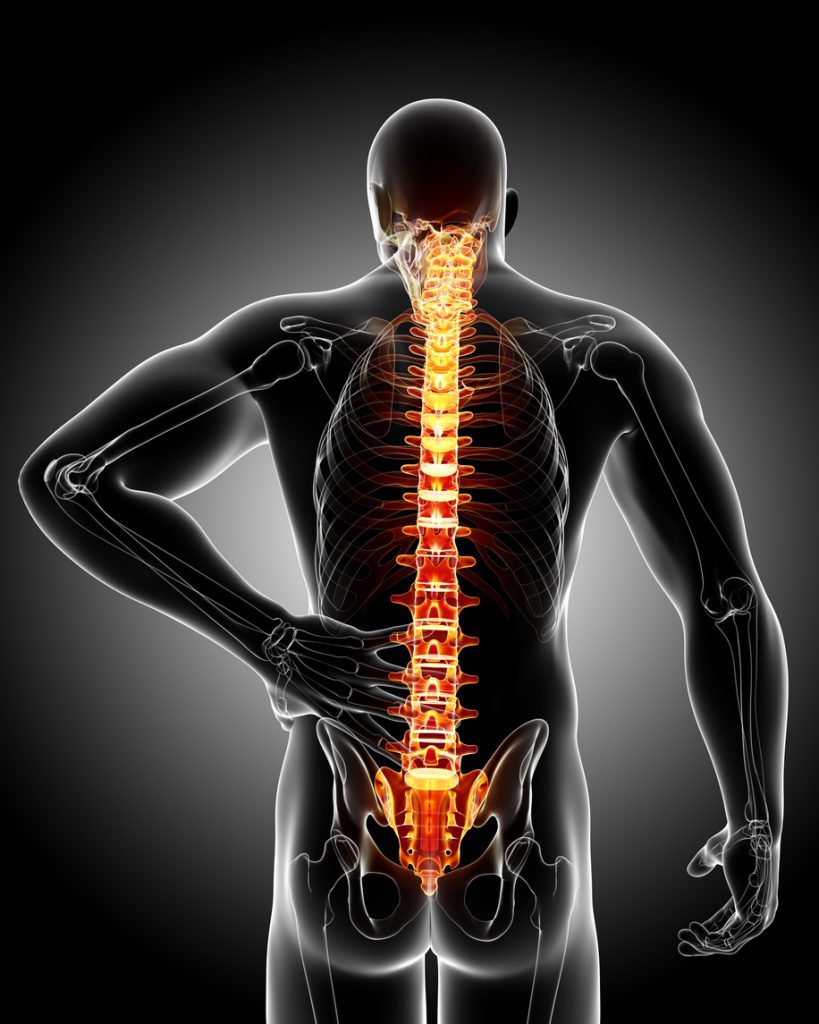Obesity is becoming a major problem in the U.S. The CDC estimates that more than 40% of American adults and 19% of children and adolescents can be classified as obese. Obesity is measured in body mass index (BMI), which is an equation that estimates body fat based on height and weight. Obesity puts a person at risk for developing serious medical conditions such as type 2 diabetes, heart disease, high blood pressure, stroke, liver disease, osteoarthritis, gallstones, and certain cancers.
Risk factors for obesity
There are many risk factors for obesity. Some risk factors cannot be controlled. These include genetics, family history, race, ethnicity, sex, and age. Sometimes obesity can be attributed to another medical condition such as hypothyroidism or Cushing’s syndrome. Other risk factors may be attributed to lifestyle choices which a person may be able to control. Unhealthy eating habits, lack of physical activity, sleep deprivation, and high amounts of stress can contribute to obesity. Controlling some of these factors may help to prevent obesity and its complications.
Obesity and back pain
Obesity is a contributor to back pain, which is a leading cause of disability. Carrying excess weight puts an extra burden on the spine. Obesity can negatively affect posture, further weakening areas of the spine including the neck and low back. Added weight to the body’s midsection pushes the pelvis forward and causes the spine to curve inward. Extra body weight puts stress and pressure on the joints, including those of the spine. Obesity and a sedentary lifestyle can affect bone density. This may contribute to osteoporosis, putting a person at risk for bone fractures. Obesity can also aggravate existing spinal disorders including herniated discs, degenerative discs, spinal stenosis, spondylolisthesis, osteoarthritis, and rheumatoid arthritis.

Treatment for obesity-related back pain
Losing even a modest amount of weight can improve quality of life. Carrying around less weight reduces pressure on muscles, bones, joints, and nerves. Weight loss may help relieve pain and inflammation in the spine.
Lack of physical activity leads to loss of flexibility and weakened muscles in the back, pelvis, and upper legs. Exercises that strengthen the lower abdominal muscles may help relieve strain on the lower back by keeping the pelvis in a neutral position.
Over-the-counter medications may relieve pain and inflammation. Doctors may prescribe interventional pain management, or injection therapy, to give the patient more pain relief. This may include nerve block medications, epidural steroid injections, and radiofrequency nerve ablation. Physical therapy is a non-surgical treatment that can help build strength and flexibility as well as prevent further injuries.
Consulting a physician
An appropriate time to seek medical help is when the back pain has not resolved in a reasonable period of time. It’s time to consult with a doctor if the pain is interfering with normal routines. A thorough examination will include looking at a patient’s medical history, noting what medications and supplements are used, and determining whether there have been any recent accidents, injuries, falls, or illnesses. The severity and length of time the patient has experienced the symptoms is important to determine as well. Diagnostic tests such as x-rays, CT scan, or an MRI may be orderedto make a medical diagnosis.


